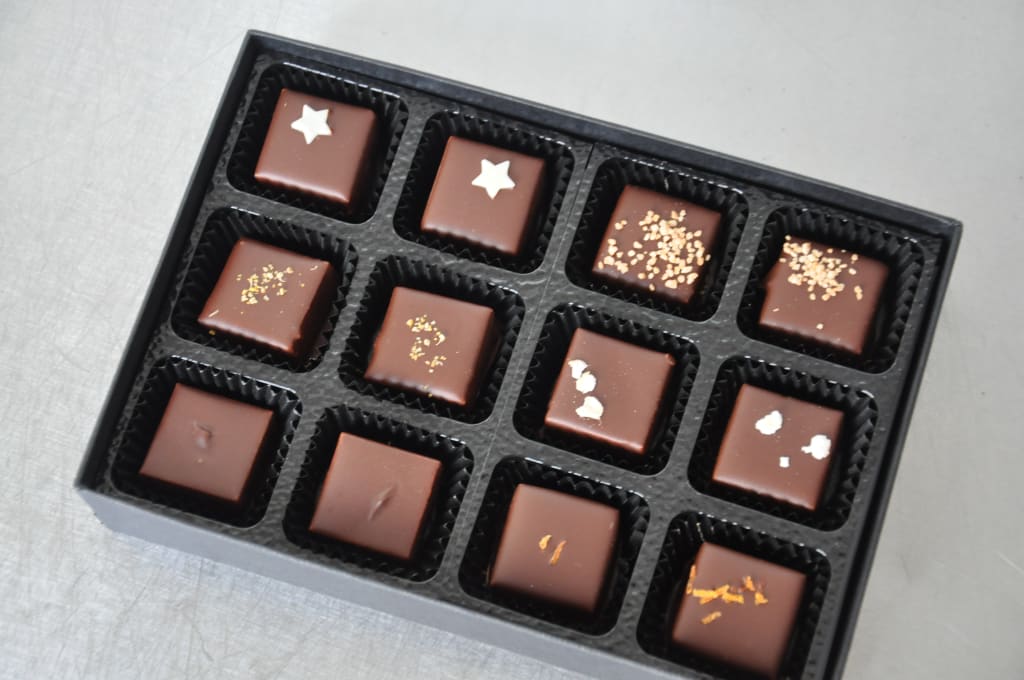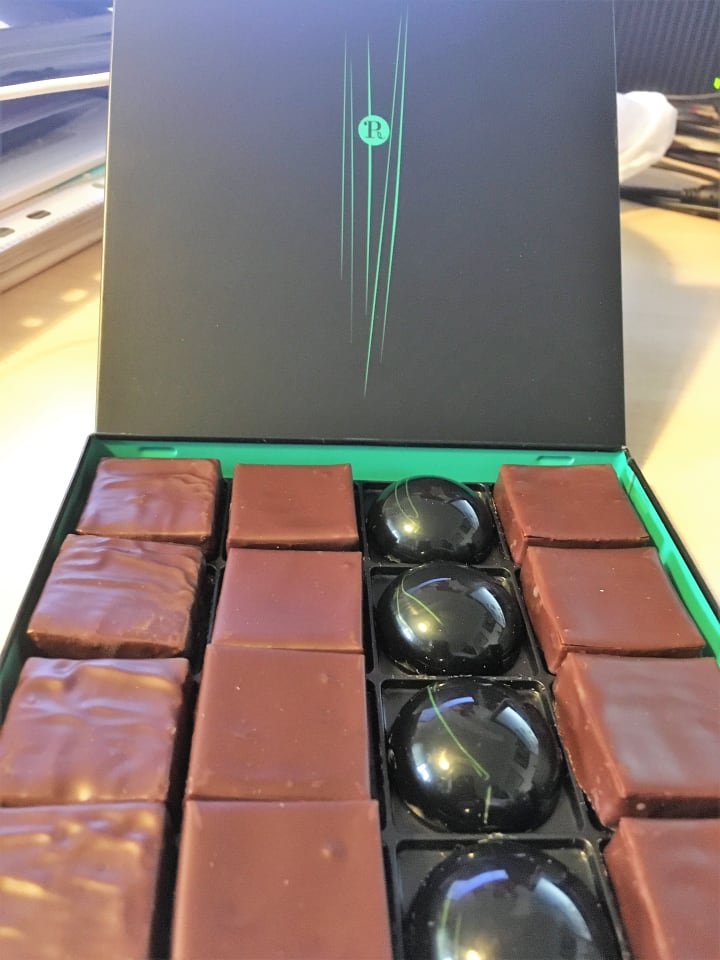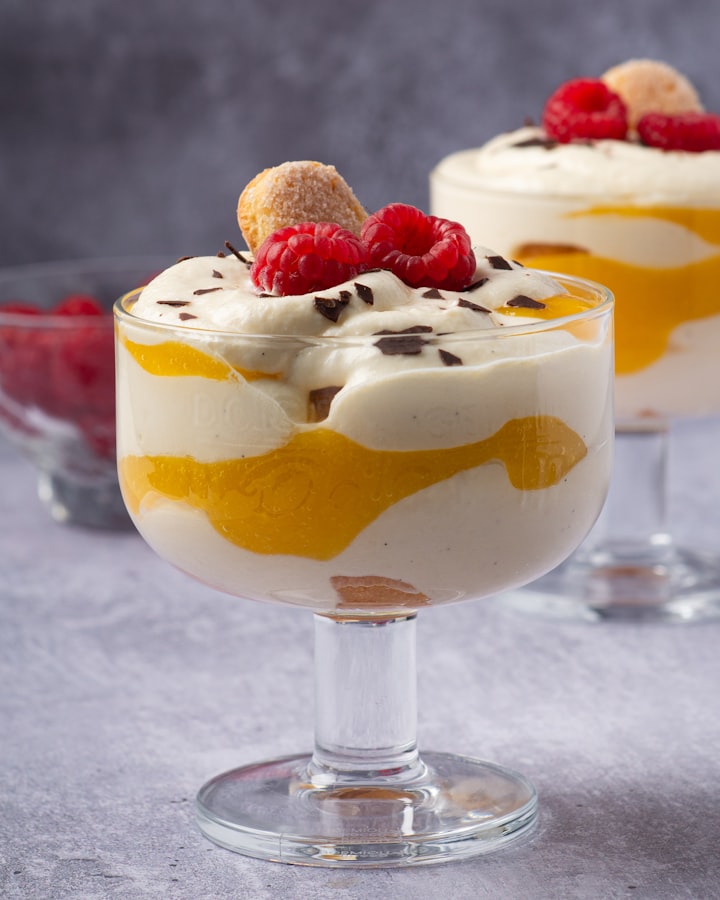The History of Truffles
What is a truffle and what isn't?

The History of Truffles
The chocolate truffle is one of the most popular and classic of all confections and its origins are steeped in a rich and fascinating history.
The word truffle has several meanings in the world of chocolate because of their different countries of origin.
The origin of the word truffle comes from the Latin term tuber, meaning "lump", which became tufer and eventually gave rise to the European term truffle. The term truffle was originally associated with the much-prized, irregular shaped edible fungus that grows in the soil in southern Europe. Black Truffles (Tuber Melanosporum)
Ganache is a French term referring to a smooth and velvety mixture of chocolate and cream. Its origins is unclear; some say it was invented in Paris at the Patisserie Siravdin, but it is believed to have been invented around 1850. Some say it originated in Switzerland, but this is my favourite story.
The chocolate truffle was created in the kitchen of French chef Georges Auguste Escoffier during the 1920s. While one of his apprentices was attempting to make a pastry cream, he accidentally poured hot cream into a bowl of chopped chocolate rather than the bowl of sugared eggs. Escoffier roared "ganache" (a derogatory term meaning fool) at the apprentice. He took the bowl and as he stirred the chocolate and cream mixture it started to form an emulsion that he could coat things in and create dishes like pear belle helene or pour into a baked pastry case for tart au chocolate or use as a sauce or glaze, when cooled and hardened, he found he could work the chocolate paste with his hands to form a bumpy, walnut size ball.
After rolling his creation in cocoa powder, he noticed their resemblance to the luxurious fungus truffles from the French Périgord region and the Piedmont area of Italy they would hunt for with pigs.
As the concept developed, different truffle textures were created by rolling the ganache filled centre in different finishes. Castor sugar became popular as did finely chopped nuts, more modern toppings can include chilis, popping candy and different spices.
The ganache was itself also developed with different flavours including champagne, liqueurs, caramels, salt and nuts.
Ganache can be so simple to make, its just three ingredients: chocolate, softened butter, and hot cream to make Ganache, hot double cream is poured over chopped dark chocolate, and the mixture is stirred until smooth but the secret is knowing the ratio of cream to chocolate and what they make. I have three versions here that perform in three different ways but once you know the ratios you can produce lots of different dishes.
How to Make Ganache
- Place the chopped chocolate in a medium sized heatproof bowl.
- Heat the cream in a small saucepan over medium heat. Heat to the scorch point.
- Immediately pour the boiling cream over the chocolate and allow to stand, without stirring, for a few minutes. Stir gently (as you do not want to incorporate air into the ganache) with a spatula and stir in the softened butter until smooth.
- Place the mix into the fridge to chill for two hours.
- Remove from the fridge and scoop out using a teaspoon into walnut shaped pieces.
- Dust your hands with cocoa powder and roll in rounds. Finish by rolling in cocoa powder to represent the soil they were discovered in.
Pralines
In 1912, the Belgian chocolatier Jean Neuhaus invented the first hard chocolate shell, enabling chocolate to be filled with soft fillings. While he called them pralines, other Chocolatiers referred to them as truffles because early filled chocolates were filled with ganache.
Since then the term truffle has been adopted for a wide range of chocolate products including chocolates that have a hard chocolate outer casing filled with ganache, fruit creams, other flavoured creams or whipped cream-filled centres. Whilst often delicious, these are not strictly chocolate truffles in the traditional sense of the meaning.
Square truffles and a round praline by Patrick Roger

About the Creator
David Greenwood-Haigh
Multi award-winning chocolatier with over forty years experience.fellow of the institute of hospitality, MasterChef member Craft Guild of Chefs Judges International chocolate awards, Academy of chocolate awards & Great taste awards






Comments
There are no comments for this story
Be the first to respond and start the conversation.